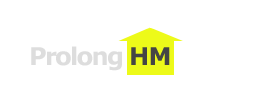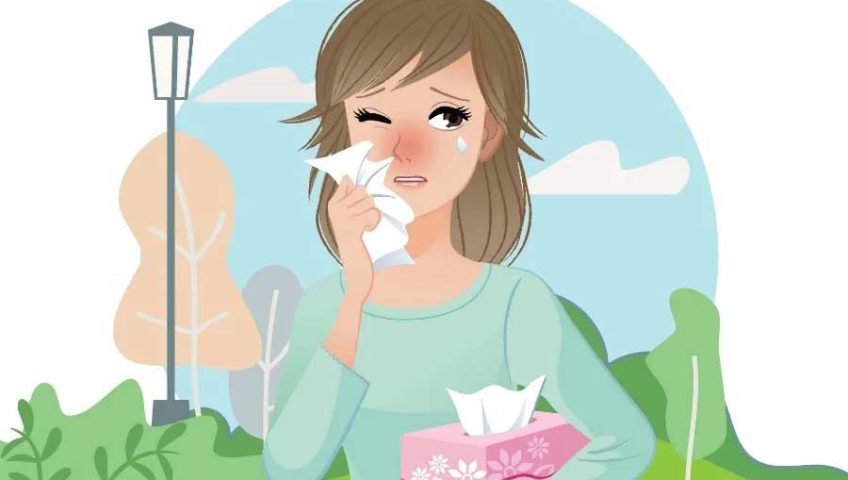Mold on caulking in Australian homes, particularly in areas like Melbourne with its wet climate, is a common issue. This concern goes beyond mere aesthetics, posing significant health risks, especially for families with kids. Understanding the dangers of mold and how to effectively tackle it is crucial for bathroom maintenance and overall household health.
Mold in the Bathroom
Bathrooms, due to their constant exposure to moisture, are prime locations for mold growth. When silicone caulk around showers, bathtubs, walls, and floor tiles becomes moldy, it’s not just a matter of a dirty appearance. Mold spores, if inhaled or come into contact with skin, can cause a range of health problems. These can range from allergies and respiratory issues to more severe health conditions, particularly in children, the elderly, and those with compromised immune systems.
Regular Maintenance
Caulk plays a vital role in bathroom maintenance. It seals the gaps between tiles, bathtubs, and showers, preventing water from seeping into walls and floors. However, when this caulk becomes moldy, its effectiveness diminishes, and it becomes a health hazard.
Mold Growth in Melbourne’s Wet Climate
In cities like Melbourne, where the climate is relatively wet, the likelihood of mold growth in bathrooms is higher. The persistent moisture creates ideal conditions for mold to thrive, especially on caulking.
Health Implications of Mold Exposure
The health implications of mold exposure are serious. Mold spores can cause respiratory issues, allergic reactions, and in severe cases, lead to neurological problems and other serious health conditions. Families with young children should be particularly vigilant as kids are more susceptible to the adverse effects of mold.
Identifying Mold on Caulking
Identifying mold on caulking is the first step in addressing this issue. Mold typically appears as black or greenish spots or streaks on the caulk. It’s crucial to regularly inspect areas around the shower, bathtub, and sink for any signs of mold growth.
Tools for Mold Removal
To remove mold from caulking, certain tools are necessary. This includes a caulk removal tool, gloves, a face mask for protection, and appropriate cleaning agents designed to kill mold and mildew.
Safe Removal of Moldy Caulk
Removing moldy caulk should be done carefully to avoid spreading mold spores. The area should be well-ventilated, and protective gear should be worn. Using the right tools, the moldy caulk can be scraped away without damaging the surrounding tiles or surfaces.
Choosing the Right Caulk for Replacement
After removing the moldy caulk, choosing the right replacement is crucial. Silicone caulk is often recommended for its water-resistant and mold-resistant properties. It’s essential to select a high-quality caulk that can withstand the damp conditions of a bathroom.
Re-caulking Techniques
The process of re-caulking involves thoroughly cleaning the area, ensuring it’s completely dry, and then applying the new caulk. The application should be even and smooth, filling all gaps effectively to prevent water seepage and future mold growth.
Preventing Mold in the Future
Preventing mold growth in the future involves regular cleaning and adequate ventilation. Using exhaust fans, opening windows, and regularly cleaning the bathroom can significantly reduce the risk of mold growth. Additionally, checking and maintaining the caulking regularly is essential to ensure it remains in good condition.
Impact of Mold on Family Health
The presence of mold in a home can have a direct impact on the health of the family. Regular monitoring and maintenance of bathroom caulking can help protect family members from the potential health risks associated with mold exposure.
Conclusion
In conclusion, mold on caulking is a significant issue in Australian homes, particularly in wet climates like Melbourne. Understanding the health risks associated with mold and the importance of proper bathroom maintenance is key to ensuring a healthy living environment. Regular inspection, effective cleaning, and maintenance of caulking in the bathroom are essential steps in preventing mold growth and protecting the health of families, especially those with young children.

